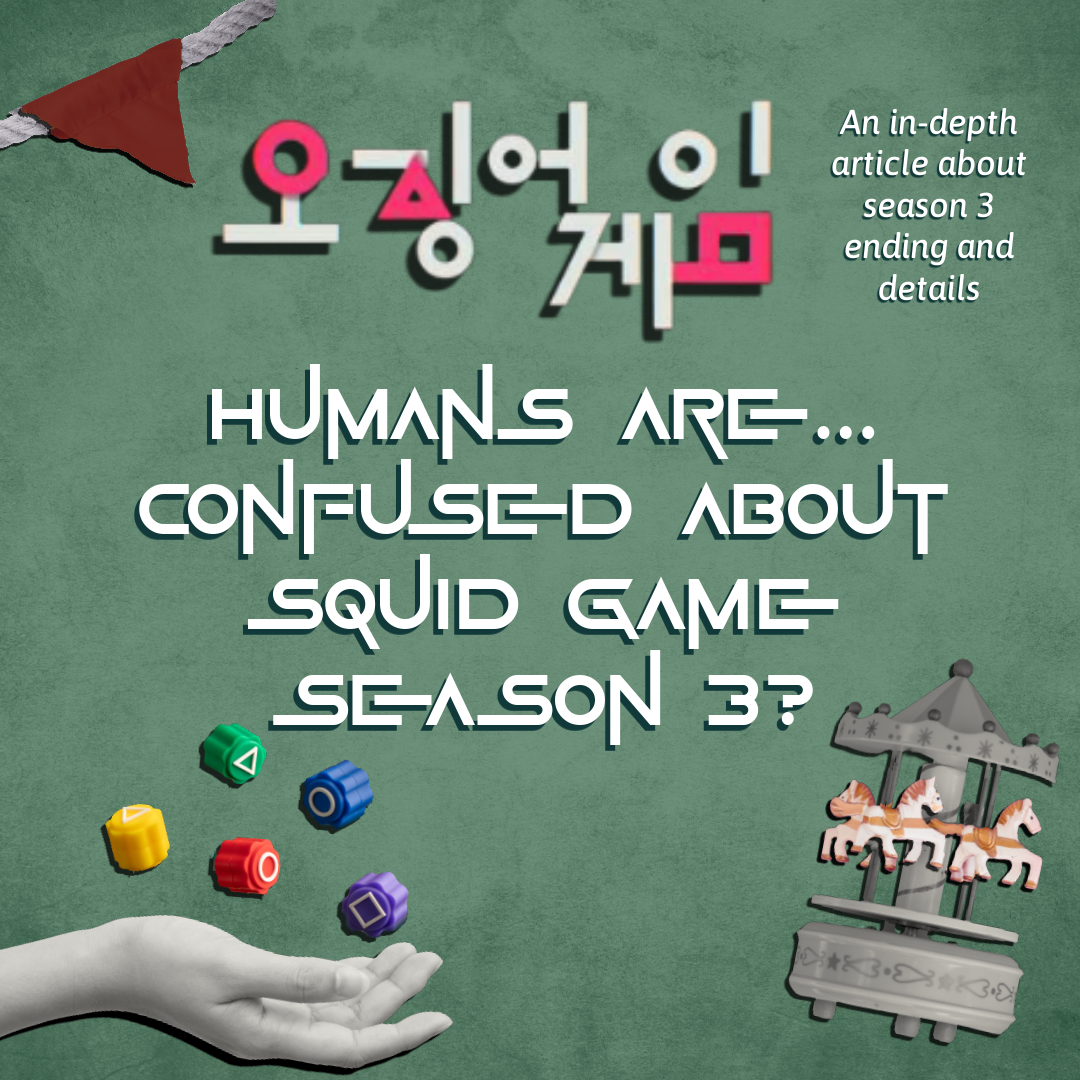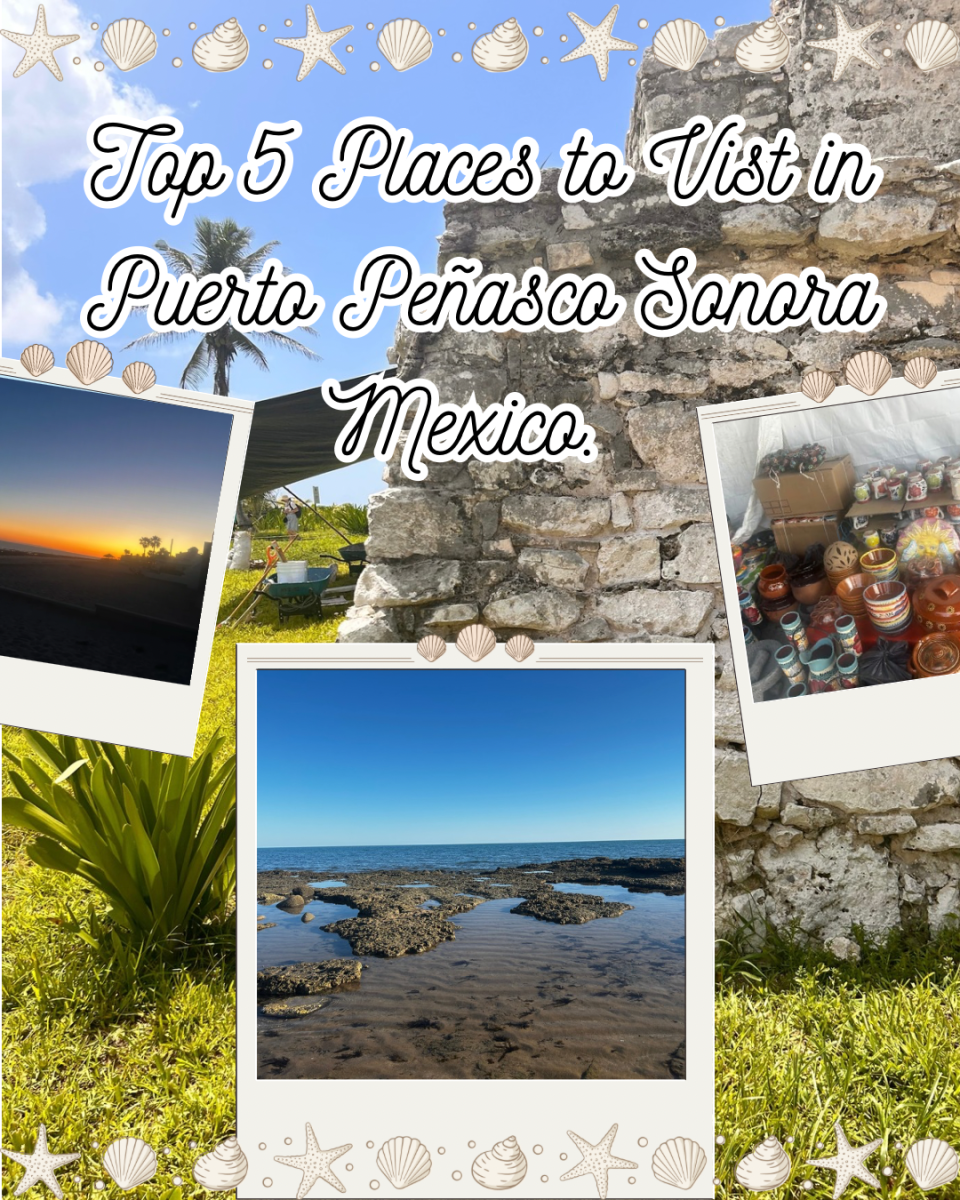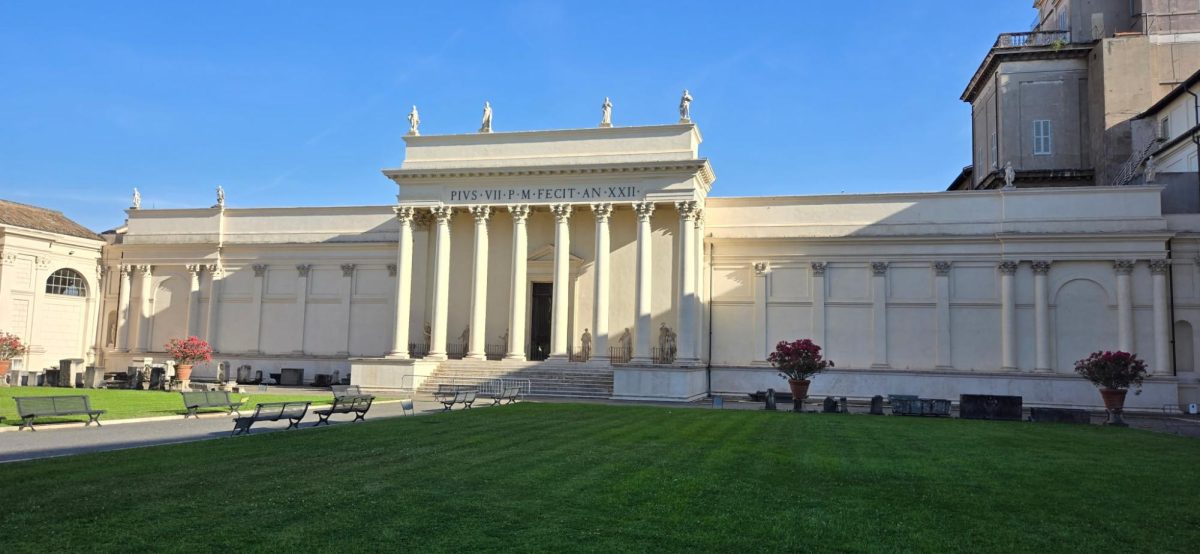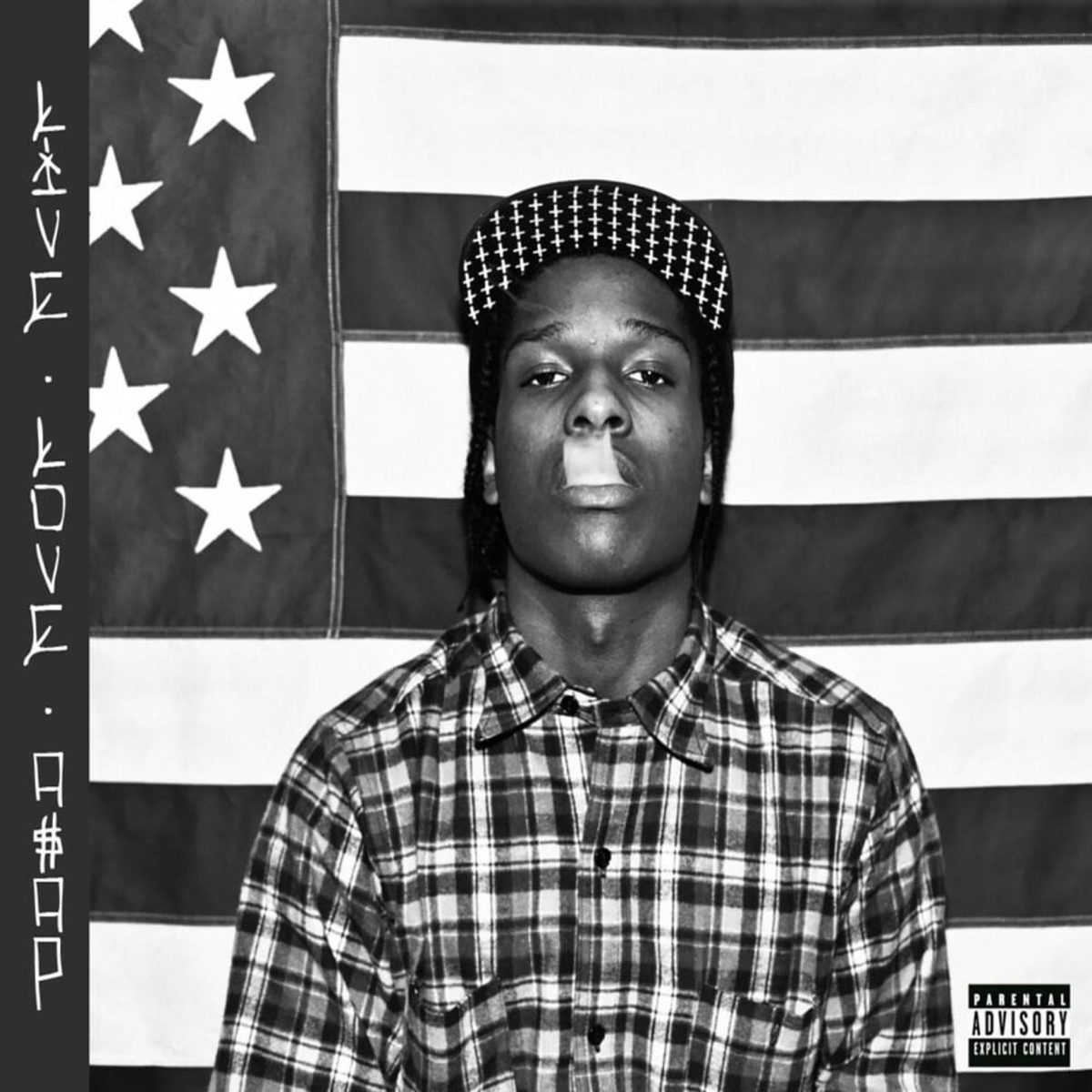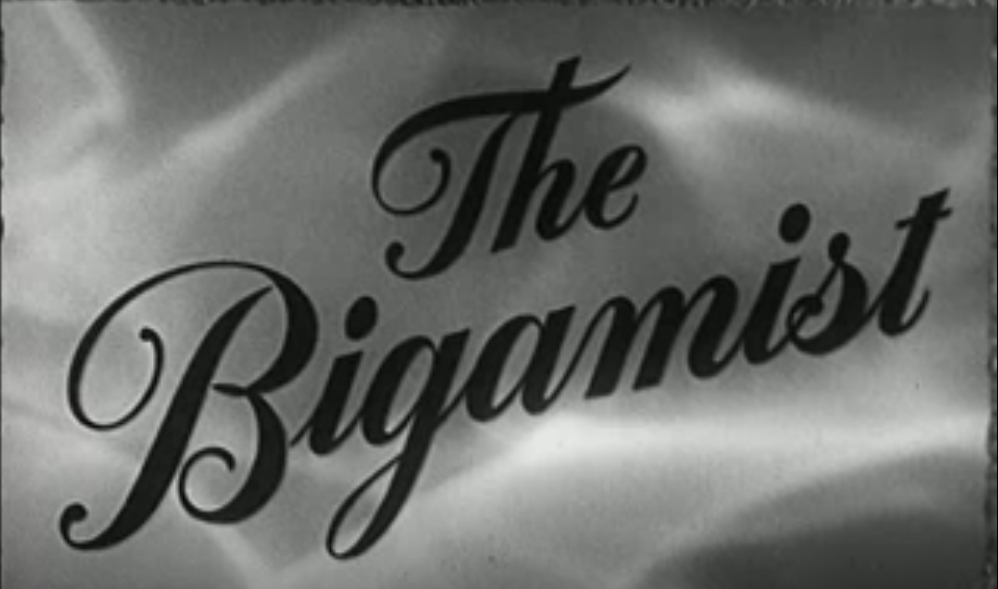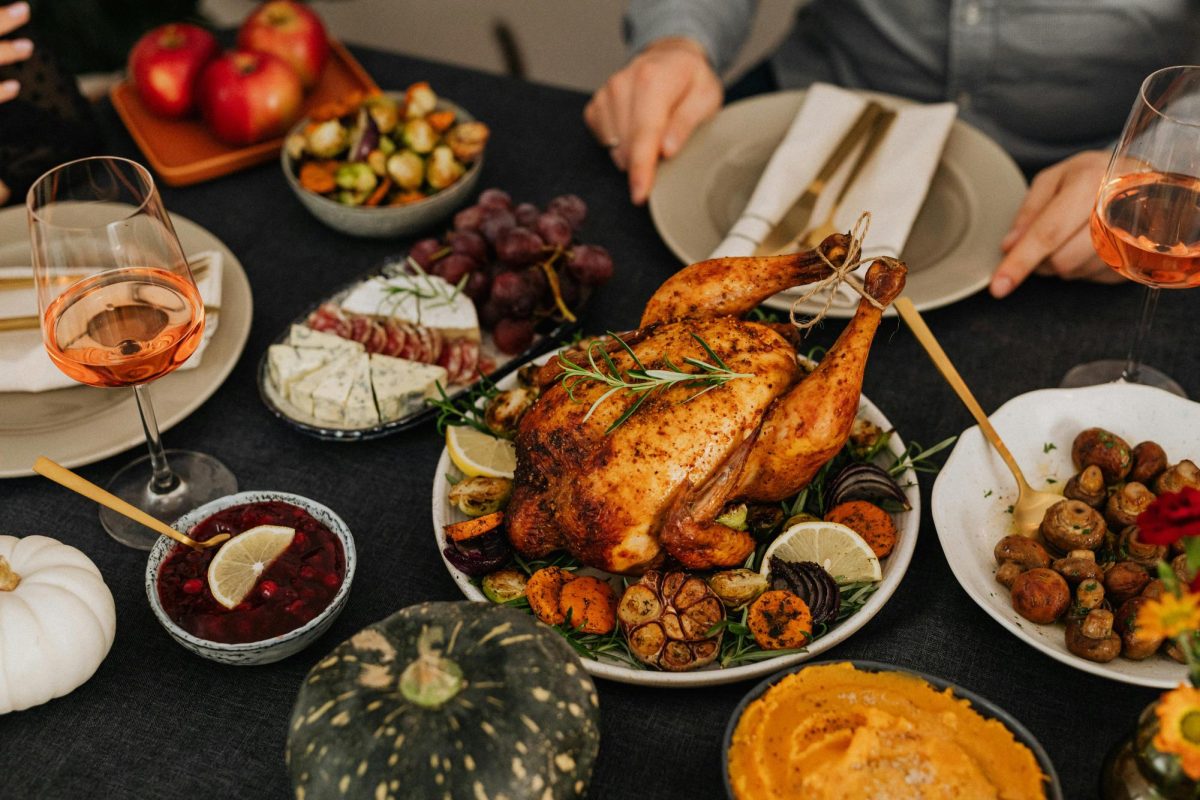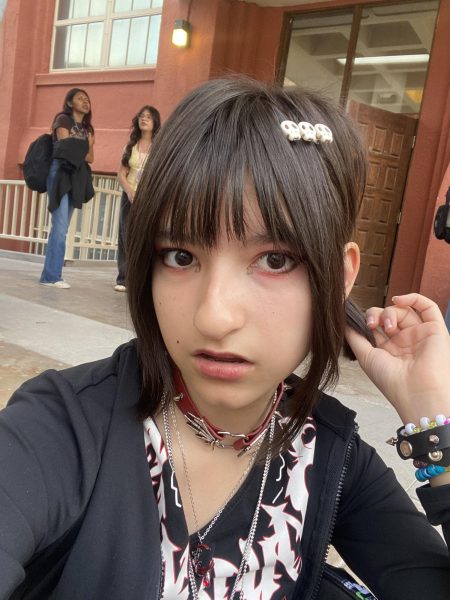Thanksgiving is an annual holiday that started as a Canadian Thanksgiving in the year 1578, in North America. This holiday is celebrated with friends and family by giving thanks for everything you’re grateful for and taking the time to sit together for a large meal. Not only is Thanksgiving celebrated in the U.S., it is also celebrated in many different countries across the world for different reasons and with many kinds of traditional foods.
The first ever Thanksgiving was held by Sir Martin Frobisher with his crew to feast on salt beef, biscuits, and more to give thanks for their successful arrival in Nunavut, Canada. In 1621, English colonists and pilgrims shared a harvest feast with the Wampanoag people, eating deer, wildfowl, corn harvested by native americans, and more. In North America, countries like Canada and the U.S. use turkey or ham as the protein option, while having foods like stuffing, mashed potatoes, corn, and sweet potatoes as sides. The origins that happened in this continent have spread throughout the world while keeping some of these original elements.
There are countries that morph Thanksgiving into fitting with their own cultures, especially when it comes to food.“For Thanksgiving, you’re supposed to celebrate what you’re thankful for with food and family,” said Brooklyn Shearer, a guitar major. “And if that food is part of your culture and if you want to celebrate it, I don’t think there should be any reason why you shouldn’t be able to.”
Hispanics living in the U.S. also celebrate Thanksgiving by spending time with people who are less fortunate than them. Their meals include turkey and stuffing, along with foods that align with their country’s cuisine like tamales, empanadas, and arroz con gandules.
Europe, Germany, Austria, and Switzerland celebrate Thanksgiving in early October. Instead of Thanksgiving they call it “Erntedankfest,” where they honor the harvest. This holiday came from Pagan traditions even before Europeans arrived in North America. They use a dish called Mohnstriezel, which is a swirled sweet bread made with almonds, raisins, and poppy seeds.
In the Netherlands, specifically Leiden, they celebrate Thanksgiving to honor the city’s relief from a Spanish siege back in October of 1574. They have a meal called Dutch Stamppot, using mashed potatoes and kale with smoky sausages on top when feasting. Not all, but some British people, specifically in the U.S., celebrate Thanksgiving with foods such as gravy and british bread rolls.
“For Thanksgiving, we eat mainly the regular British food, and that’s based on Britain.” said Phoenix McCurdy, a 2D Visual Arts major.
Only one country in Africa celebrates Thanksgiving which is Liberia. They celebrate this holiday due to their nation being founded as a colony of the American colonization society in 1821, freeing people of color. The table usually includes roasted chicken, mashed cassavas, and green bean casserole.
Lastly in Asia, several countries celebrate, such as China, where they have a similar tradition called the Mid-Autumn festival that started about 2,000 years ago. They thank the gods and feast with their loved ones similar to Thanksgiving. They use mooncakes, which are pastries filled with sweet bean or lotus seed paste. In Japan, they celebrate Thanksgiving to show gratitude for workers’ efforts in contributing to the country. They use grilled fish, and a variety of vegetable dishes along with rice. South Korea has a tradition similar to Thanksgiving called “Chuseok,” where families gather together to give thanks to their ancestors for the Autumn Harvest. They usually eat “songpyeon,” a traditional rice cake and “hangwa,” a sweet confection.
In South India, the Tamil people host a four-day festival which is called “Pongal,” to thank the gods and animals who support agriculture. They feast with a traditional Pongal dish that is made of milk, ghee, and rice.
All of these traditions around the world are so different yet similar at the same time. It shares a common theme of gathering with family and friends at the dinner table and showing gratitude for all of the great things that happened in your life and the remembrance of culture.



